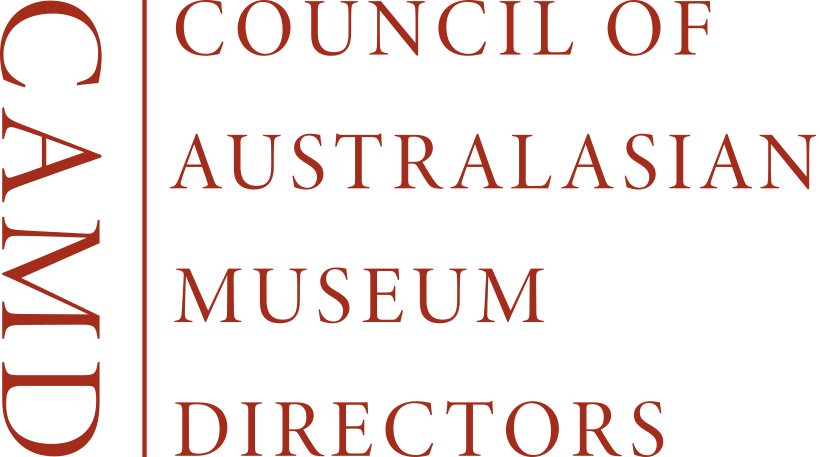Lottie Twyford, Iconic sculpture of Simpson and his donkey craned back into position at the Australian War Memorial, after three-year hiatus, ABC News, 13 December 2024

Now shrouded in Anzac myth, Simpson and his donkey are among the most iconic figures from Gallipoli.
The story of the soldier who never carried arms, but spent his time recovering wounded soldiers from the frontline with his donkey, has become synonymous with sacrifice and bravery.
It’s also a tale which has been told to successive generations of Australian schoolchildren as part of the story of the landing at Gallipoli, which claimed so many lives.
But for the past three years, Peter Corlett’s bronze sculpture of Simpson and his donkey has not been on display at the Australian War Memorial (AWM) to allow a major redevelopment of the forecourt to take place.
Now a painstakingly careful, hours-long operation has seen the sculpture craned into a new, prime position at the AWM.
Simpson and his donkey an ‘every-person’
English-born, Private John Simpson Kirkpatrick began his unlikely journey to Gallipolli when he deserted the merchant navy in 1910.
He then spent time in Australia, where he was, as Australian War Memorial Director Matt Anderson described it, a “knockabout”.
Simpson enlisted in the Australian Imperial Force in the hopes he would make it back to England.
Instead, in April 1915 he found himself at Anzac Cove.
There, he used donkeys to provide first aid and carry wounded soldiers to the beach, enabling them to be evacuated.
It was a dangerous duty and he performed it often while under heavy gunfire.
Just four weeks later, he was dead, gunned down by machine fire.
But despite his brief period of service, his sacrifice and bravery has been remembered.
“He sounds like a bit of a larrikin …. a guy who was in the merchant navy, who jumped ship in Australia and joined the Australian Imperial Force, hoping to get back to the UK, and of course he didn’t,” Mr Anderson said.
“I think it speaks to compassion, it speaks to professionalism, but most importantly, it just speaks to the heroic nature of one man looking after so many.
“I think it’s just a much larger story than just Gallipoli. It’s a story about all of those in our community who are prepared for service.”
The head of art at the Australin War Memorial, Laura Webster, agreed.
She said Simpson and the donkey spoke to her as an “everyman … ‘everyperson'”.
“Peter Corlett … when he was was creating a sculpture, he really wanted to create something that was about the extraordinary things that the ordinary person can do, especially in challenging times,” she said.
Simpson and his donkey had to be moved from their previous spot at the Australian War Memorial while the forecourt was being redeveloped.
On Friday they were returned to the eastern side in the new courtyard, and taken off their plinth.
That’s been done to make it easier for children, and other visitors to pat and engage with the sculpture, which was exactly what Corlett had always envisaged, Ms Webster explained.
The statue of Simpson and his donkey was first installed at the memorial in 1988, and parts of the sculpture show its popularity with visitors, she said.
For example, the donkey’s shiny nose shows the wear and tear of the many thousands of hands which have touched it over the years.
Small, but significant milestone in ongoing redevelopment
The return of Simpson and his donkey to the Australian War Memorial is a small step in what’s been a major, and sometimes controversial, redevelopment project.
Mr Anderson said major parts of the $550 million project, which is expected to wrap up in 2028, would be completed in the coming months.
In the next week, the southern entrance of the site will be signed off by inspectors, meaning it can be opened to the public ahead of Christmas.
After that, a new family research centre will be opened early in the new year.
The large crane will also come down early in the new year, while new galleries will also open throughout 2025.
Mr Anderson said he expected that by this time next year most visitors would think the memorial was largely completed.
“The things they’ve come to see … Afghanistan, Iraq peacekeeping, Simpson and his Donkey, they’re all in place,” he said.
“Then from 2027 to 2028 we’ll continue to work in the front of the building and under the building.”
He said the works thus far had had a small impact on visitor numbers, and the AWM was still running at about 960,000 visitors annually.
By the time the works are completed, Mr Anderson estimates that figure will be up around the 1.3 million mark.
Simpson and his Donkey can currently be viewed by visitors to the Australian War Memorial, but they will need to wait another week or so before they can get close enough to touch it.

